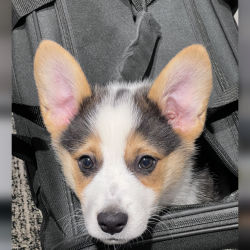Origins and Temperament
The Alaska Klee Kai was bred to be smaller, companion-sized versions of the Alaskan Husky. With an ancestry linked to the spirited and energetic sled dogs, these pint-sized pooches carry on the legacy of their larger counterparts with their alertness and intelligence. They are often cautious around strangers and possess a lively and affectionate disposition toward their owners. Considering their brisk alertness and possible unease with unfamiliar settings, a transport plan for an Alaska Klee Kai should include measures to maintain their comfort and security.
Size and Physical Needs
Typically ranging from 10 to 25 pounds, the Alaska Klee Kai is a little powerhouse that comes in three size classes: toy, miniature, and standard. Being active and agile, they require regular exercise to maintain their physical and mental health. When arranging transportation, it's essential to account for their size to ensure a safe and spacious environment. Given their thick double coat, they're adapted for cold climates, and special accommodations may be needed to regulate their temperature in warmer settings.
Common Health Considerations
Alaska Klee Kais are known to be generally healthy, but they can be prone to certain genetic conditions, such as patellar luxation and heart concerns. Always carry up-to-date health documentation when travelling and consult with your vet to preempt any potential travel-related stress that could exacerbate these conditions. As always, preventive health measures and a recent health check can keep your Klee Kai spry on their journey.
















